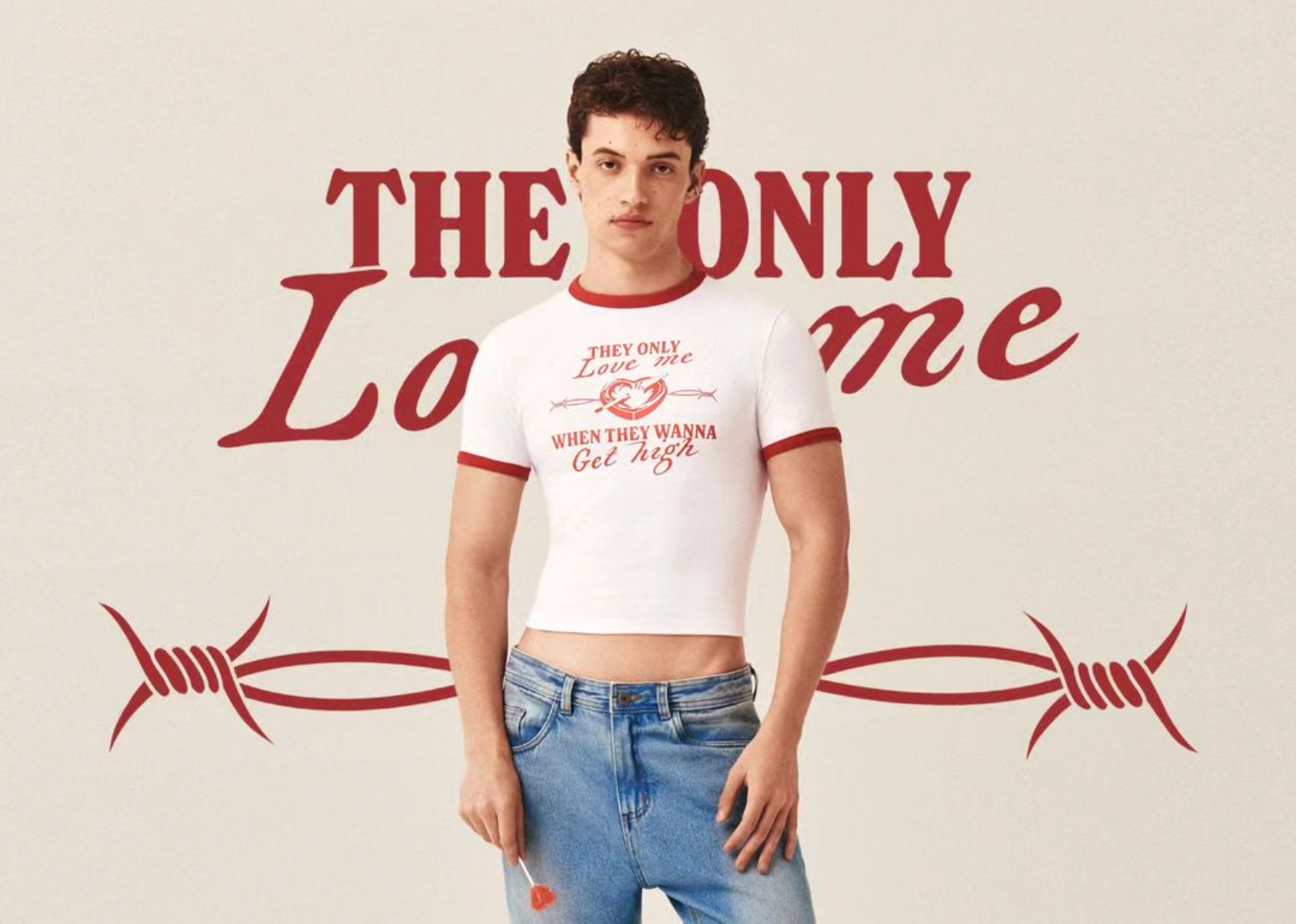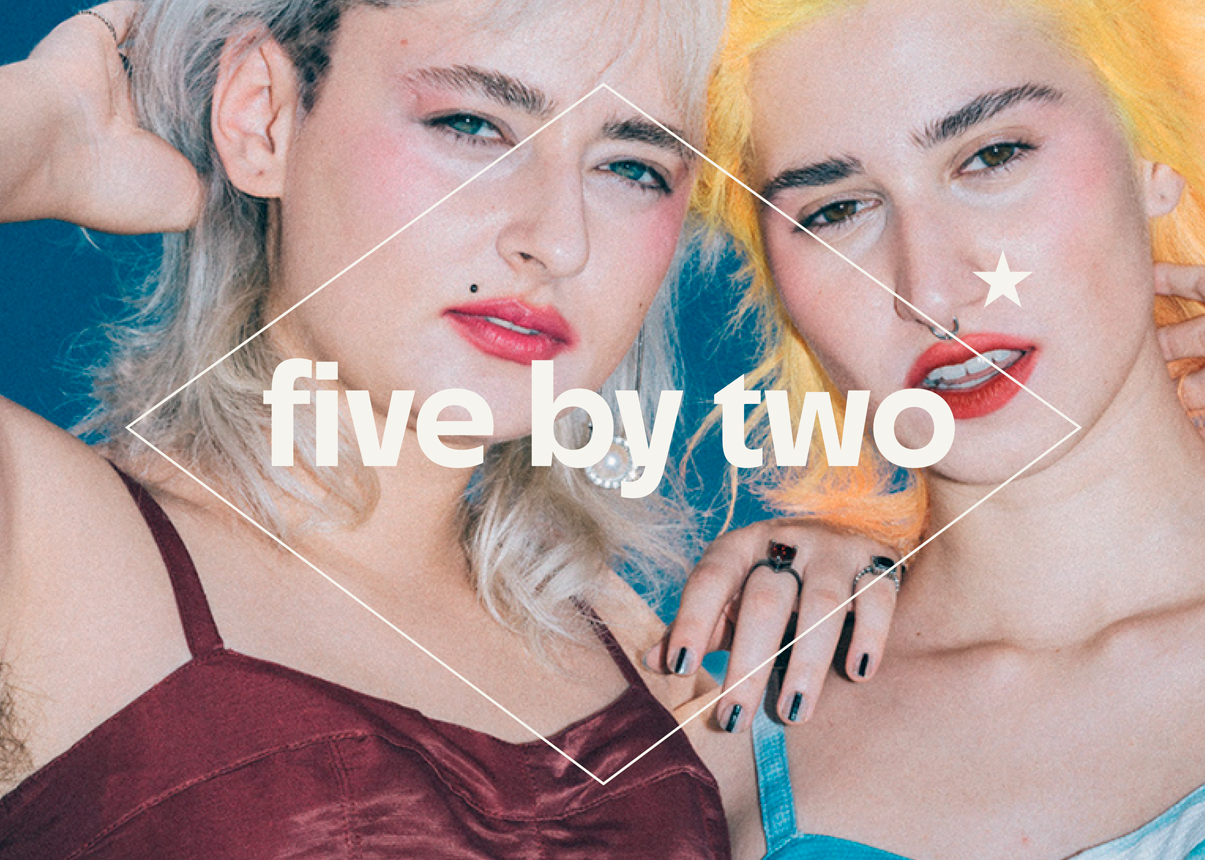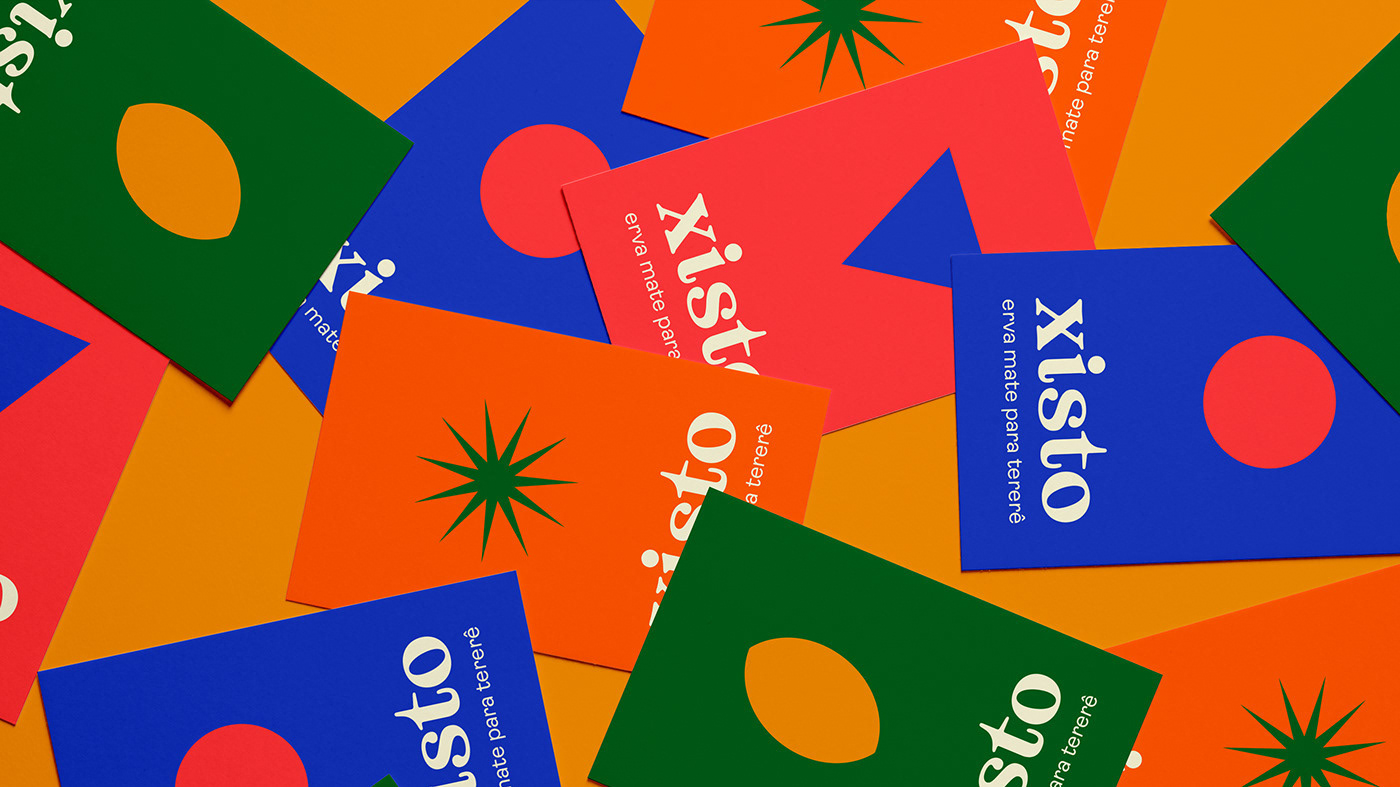Como é possível a narrativa cinematográfica se assemelhar à mecânica de um sonho? A pergunta foi o ponto de partida deste projeto, que categoriza cenas de três filmes oníricos clássicos - Morangos Silvestres, de Bergman; Oito e meio, de Fellini; e O Espelho, de Tarkovsky - entre o que aparenta ser real, lembrança, sonho, devaneio ou fantasia. As linhas do tempo de estrutura não-linear de cada obra evidenciam como a permanente alternância entre fenômenos de contornos turvos fazem o todo se fundir e o espectador questionar as fronteiras do real e do imaginário.
⋆⋆⋆
How is it possible for the cinematographic narrative to resemble the mechanics of a dream? The question was the starting point of this project, which categorizes scenes from three classic oiniric films - Wild Strawberries, by Bergman; 8½, by Fellini; and The Mirror, by Tarkovsky - between what appears to be real, memory, dream, daydream or fantasy. The timelines of the nonlinear structure of each movie show how the permanent alternation between cloudy phenomena makes the viewer questions the boundaries of the real and the imaginary.
A decupagem das cenas de cada filme teve como norte concepções da psicanálise sobre diferentes estados do inconsciente. As transições entre cada estado nos filmes são tênues, por decisão narrativa dos próprios diretores, portanto, as classificações também se apoiam em subjetividade.
Para traduzir visualmente a pesquisa e o cruzamento dos dados de forma interessante e coerente à estética dos filmes, os frames das cenas de cada estado têm opacidade que varia entre 20, 40, 60, 80 e 100% - sendo o número mais alto correspondente à fantasia, uma vez que o projeto aborda o onirismo -, e cores vibrantes contrastantes foram usadas como reforço para identificar cada obra.
Para traduzir visualmente a pesquisa e o cruzamento dos dados de forma interessante e coerente à estética dos filmes, os frames das cenas de cada estado têm opacidade que varia entre 20, 40, 60, 80 e 100% - sendo o número mais alto correspondente à fantasia, uma vez que o projeto aborda o onirismo -, e cores vibrantes contrastantes foram usadas como reforço para identificar cada obra.
⋆⋆⋆
The decoupage of the scenes of each film was guided by psychoanalysis' conceptions about different states of the unconscious. The transitions between each state in the films are tenuous, due to the narrative decision of the directors themselves, therefore, the classifications are also based on subjectivity.
To visually translate the research in an interesting and coherent way to the aesthetics of the films, the frames of the scenes of each state have opacity that varies between 20, 40, 60, 80 and 100% - with the highest number corresponding to fantasy, since the project addresses oneirism -, and vibrant contrasting colors were used as reinforcement to identify each work.












